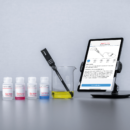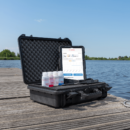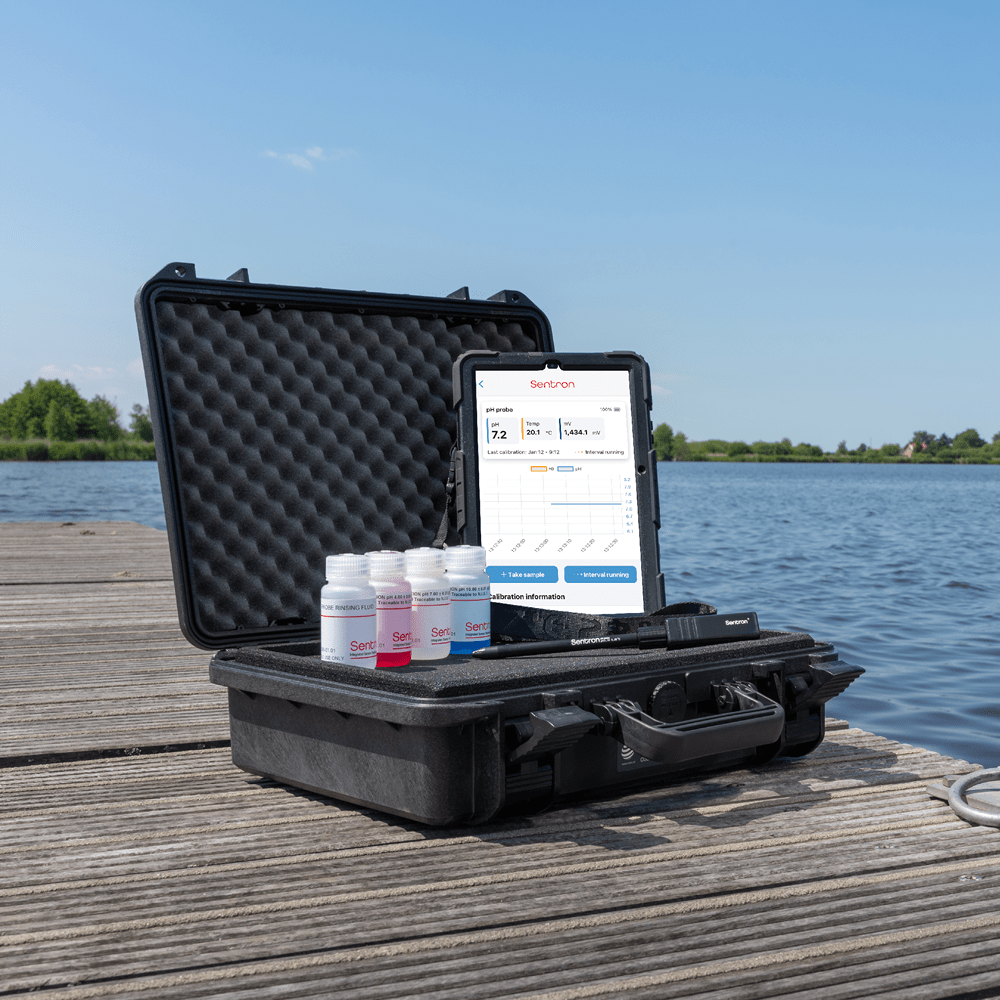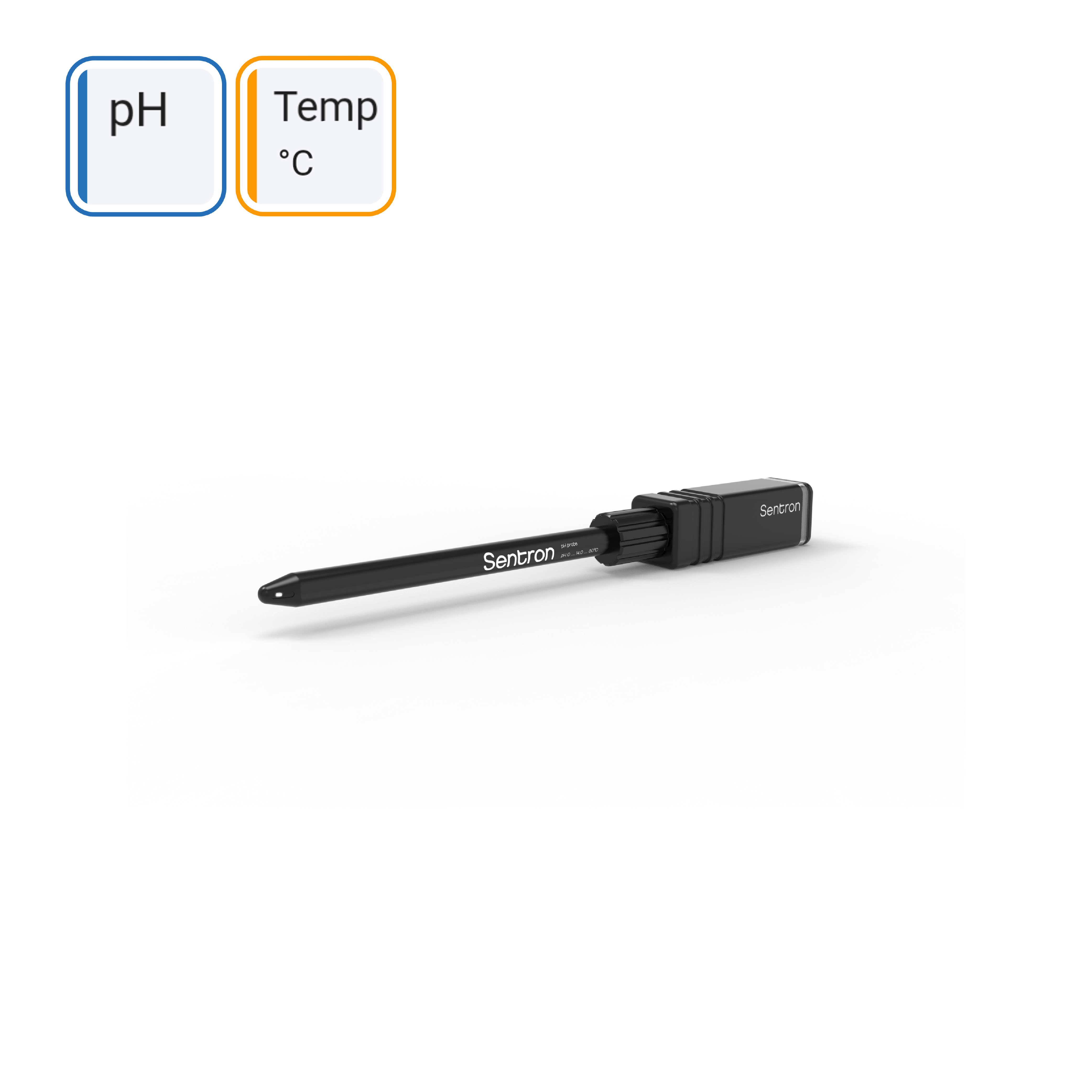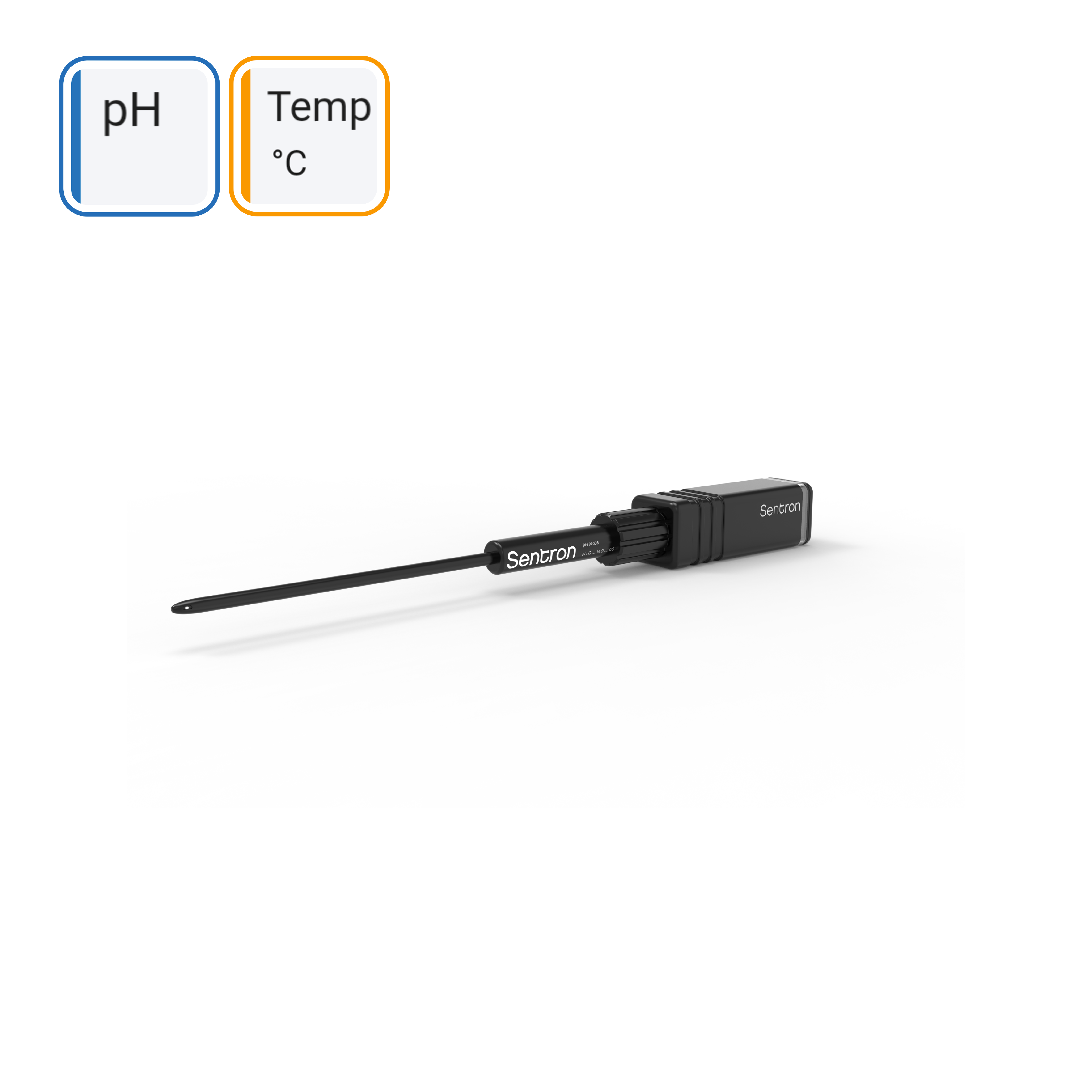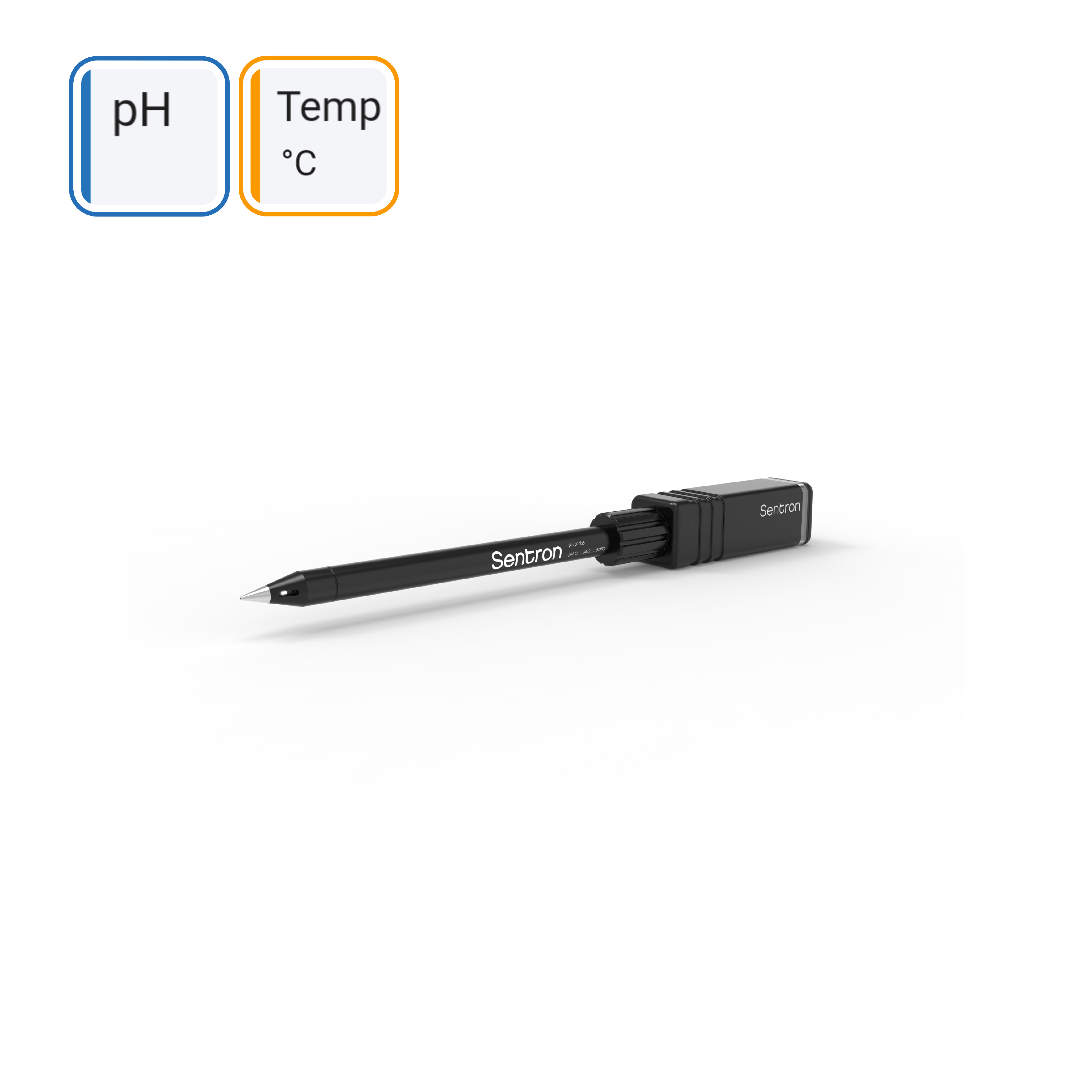ISFET pH meter for industrial use
In many industries, pH and ORP are critical parameters. These industries include food (e.g. meat, dairy beverage, wine and beer), pharmacy, textile and water treatment. pH testing during the manufacturing process can enhance production usability, accuracy and excellence.
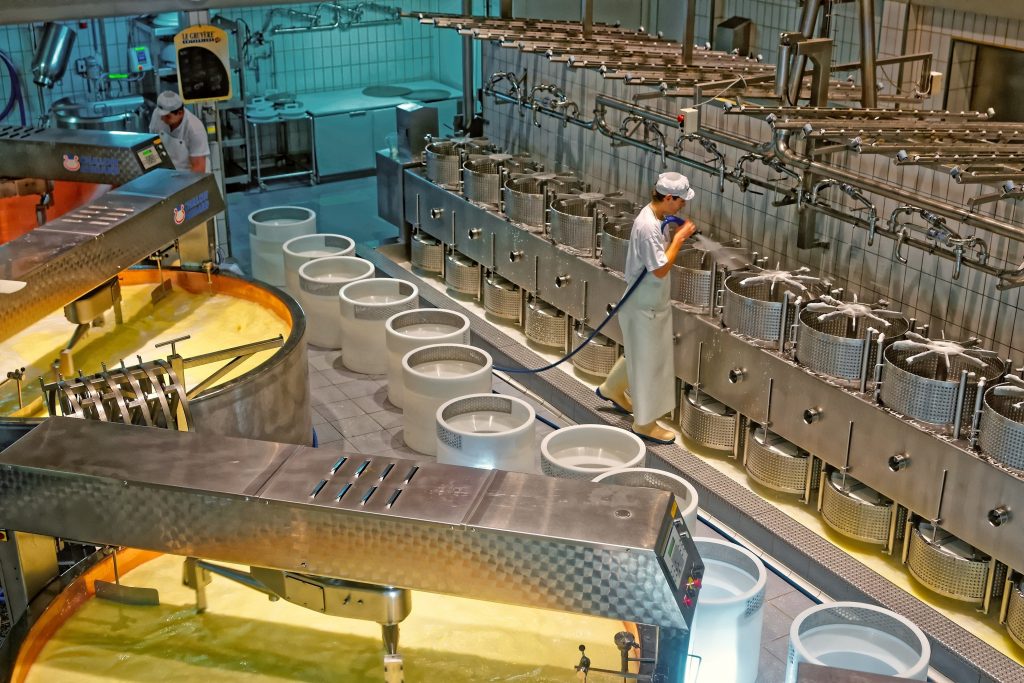
Industrial
In many industries, pH is a critical parameter. These industries include food (e.g. meat, dairy beverage, wine and beer), pharmacy, textile and water treatment. pH testing during the manufacturing process can enhance production usability, accuracy and excellence.
Meat, Fish and pH
Measuring the pH is a common use in the meat industry and even obligatory in some countries.
Quality of Meat
Meat quality is determined by the muscle pH and its change in time, which in turn is strongly dependent on pre-slaughter conditions (i.e. stress) imposed on the animals. Too much stress can affect the taste and aroma of the meat.
Monitoring the pH of meat is important for quality control.
Indicator for Fish Freshness
pH is an indicator of freshness, which is fundamental to fish quality. A few hours after death, the glycogen in the muscle will be metabolized to lactic acid, causing a drop in pH. This drop in pH will contribute to an increased shelf-life of the fish and also to a good nutritional state of the fish. Alkaline bacterial metabolite production increases the pH and initiates fish spoilage. Hence, pH can be used as a measurement for quality and shelf life prediction in the fish marketing sector.
Behavior of pH in Meat
Glycogen
Glycogen is the substance in living muscle that is cause for pH changes post-mortem. It is the prime “fuel” used during the contraction of muscle. When adrenaline is released to prepare a living animal for a possible burst of immediate activity, it ensures glycogen is broken down in readily available energy providers (glucose). Glycogen however is also involved in the process of stress as too much stress will result in a release of adrenaline, causing the glycogen content to drop. So, depending on the pre-slaughter stress there is a varying amount of glycogen present in the muscles at the time of slaughter.
Post Mortem
The pH of living muscle is effectively close to neutral. After slaughter, oxygen is no longer available and the muscle cells try to stay alive using the only source of energy then available, which is glycogen. The glycogen will be converted into lactic acid by a process called anaerobic glycolysis. Since there is no longer any blood supply to remove this lactic acid, it slowly accumulates, and the pH will fall within 24 hours. At a certain point conditions in the muscle prevent further glycogen breakdown and the meat is in rigor, also called muscular stiffness.
pH as Measure for Meat Categorization and Carcass Quality
Not all muscles in a carcass will develop the same pH change. It varies between a too slow, incomplete pH fall and a too fast, complete pH fall. For example, when glycogen is nearly depleted by exhaustion by too much stress during pre-slaughter, the pH fall will be slow and incomplete. Categorizing of meat or carcass quality is possible by measurement of pH in one pH critical muscle.
Measurement of pH in Meat and Fish
In non-frozen meat or fish, the pH can be measured by piercing it with the LanceFET pH probe through its PEEK tip with stainless steel point. For those situations where high force and stabbing penetration is required, Sentron offers the LanceFET probe with thick handle for a comfortable grip while measuring.
The positions of the ISFET and reference electrode have been designed to be clog and pollution resistant. In the event debris has accumulated on the sensor it can be easily cleaned by high pressure flushing, which benefits the probe’s performance and prolonged life.
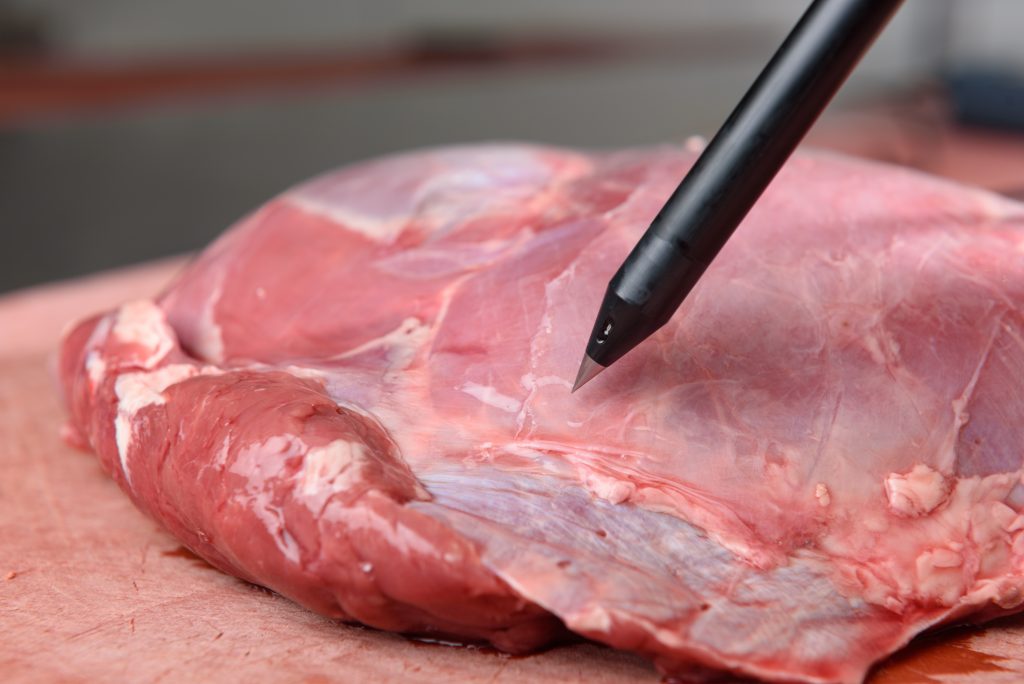

Cheese, pastes and pH
Indicator of Food Quality and Safety
pH, together with temperature, ranks as the most important indicator of food quality and safety. pH is monitored at different stages of food processing to guarantee safety, improve production and enhance quality. Along with temperature, pH also determines the shelf-life of food.
Milk
In the milk industry, pH is a parameter for impurities or signs of infection. Higher pH values in fresh milk indicate udder infection (mastitis) and lower values indicate bacterial activity. In processes such as sterilization, pH is checked, since a lower pH value helps to speed up the sterilization process.
Cheese
Milk used for cheese manufacturing must be of excellent quality and its pH value determines whether the cheese will be soft or hard. pH is checked during cheese preparation, souring of milk and cream maturation. For example, during the production process of cheese, it is standard to monitor the pH value before the cheese goes into the brine bath. Therefore, it is an important measure for the quality of the end-product.
Glass-Free Measurements
The ISFET pH sensor probes are uniquely suited to measure pH in all sorts of milk (among others whole, low-fat, yoghurt drinks) and milk products like cream and cheese. Problems associated with conventional glass electrodes, like breakage into small glass splinters, are eliminated. Using the non-glass pH probes saves time and simultaneously increases the products’ quality control efficiency.
The positions of the ISFET and reference electrode have been designed to be clog and pollution resistant. In the event debris has accumulated on the sensor it can be easily cleaned by stirring periodically in warm tap water with a mild detergent. Afterwards, the probe tip can be scrubbed with a soft brush in this solution and rinsed with demineralized water. Cleaning regularly benefits the probe’s performance and prolonged life.
Industrial pH package
For ease of use, we have developed an industry measurement package for pH measurements in your facility or other environments. The large screen of the tablet provides easy visualization of the app and the tablet case protects it against damages. The carry case is large enough to take all the required buffer solutions and pH probes with you. It provides easy carriage and storage and protects the equipment.
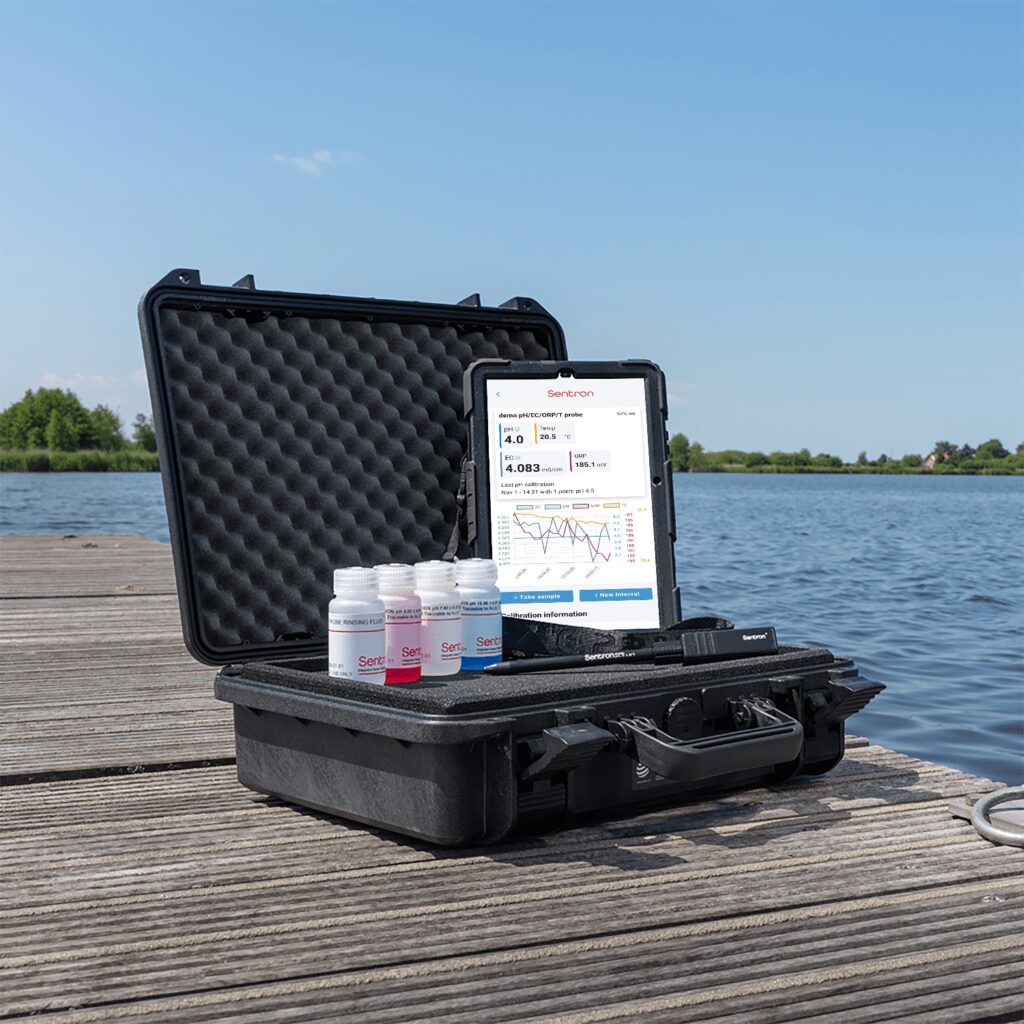
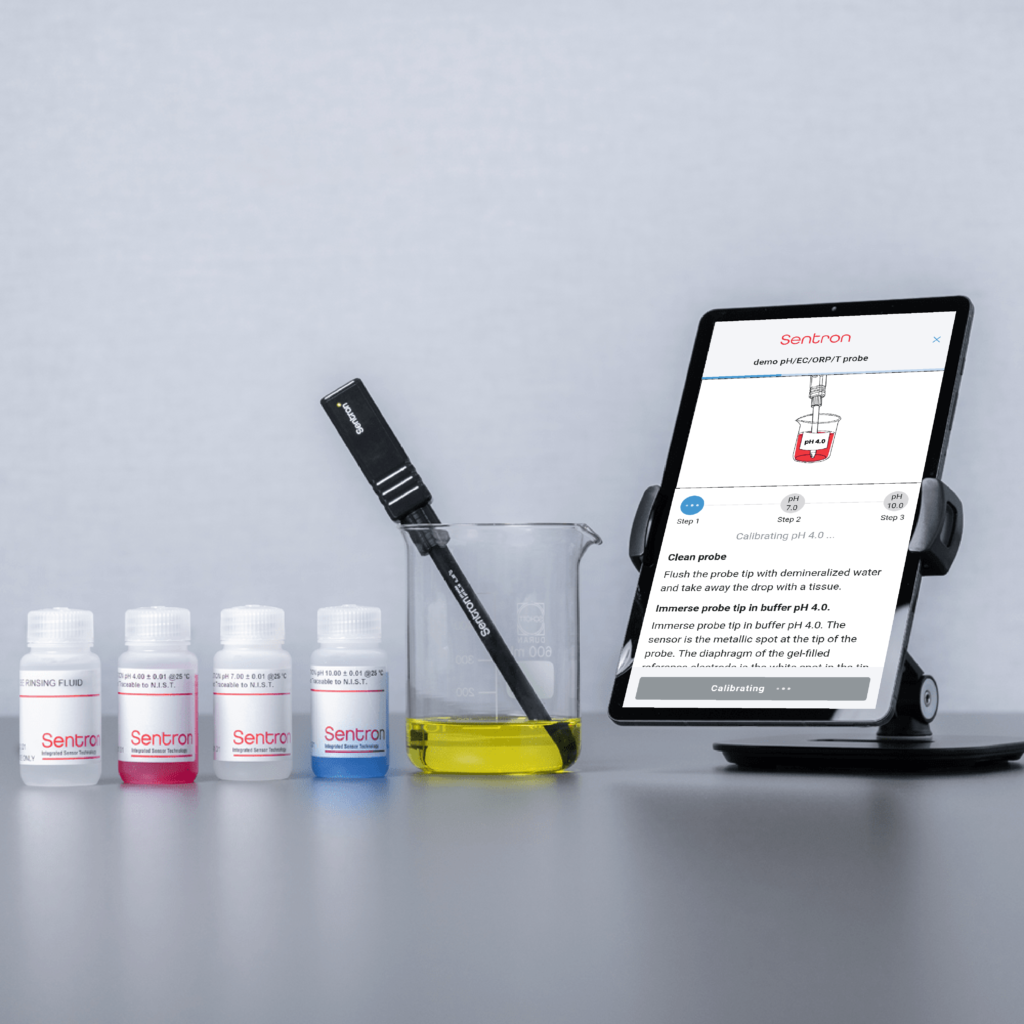
Laboratory pH package
Look no further: we have the laboratory package. This complete benchtop package includes everything you need for wireless, durable pH monitoring in the laboratory. The tablet, held by a universal holder, provides easy use and visualization of the app at your lab table. The package contains a buffer solution set so you can start immediately with your pH measurements.
What’s next?
By taking a serious look at all applications, we keep entering into new innovations in our semiconductor production facility. Recently we launched the sensors for EC and ORP, with which great multisensor solutions for e.g. water monitoring can be provided.
Ion-Selective Sensors
We started innovative developments on ion-selective sensors that have a membrane mixture suitable for detection of different ions based on the ISFET technology. Selectivity is based on proprietary modifications with several polymer matrix configurations. Nitrate (NO3–), Ammonium (NH4+) and Potassium (K+) are currently in development.
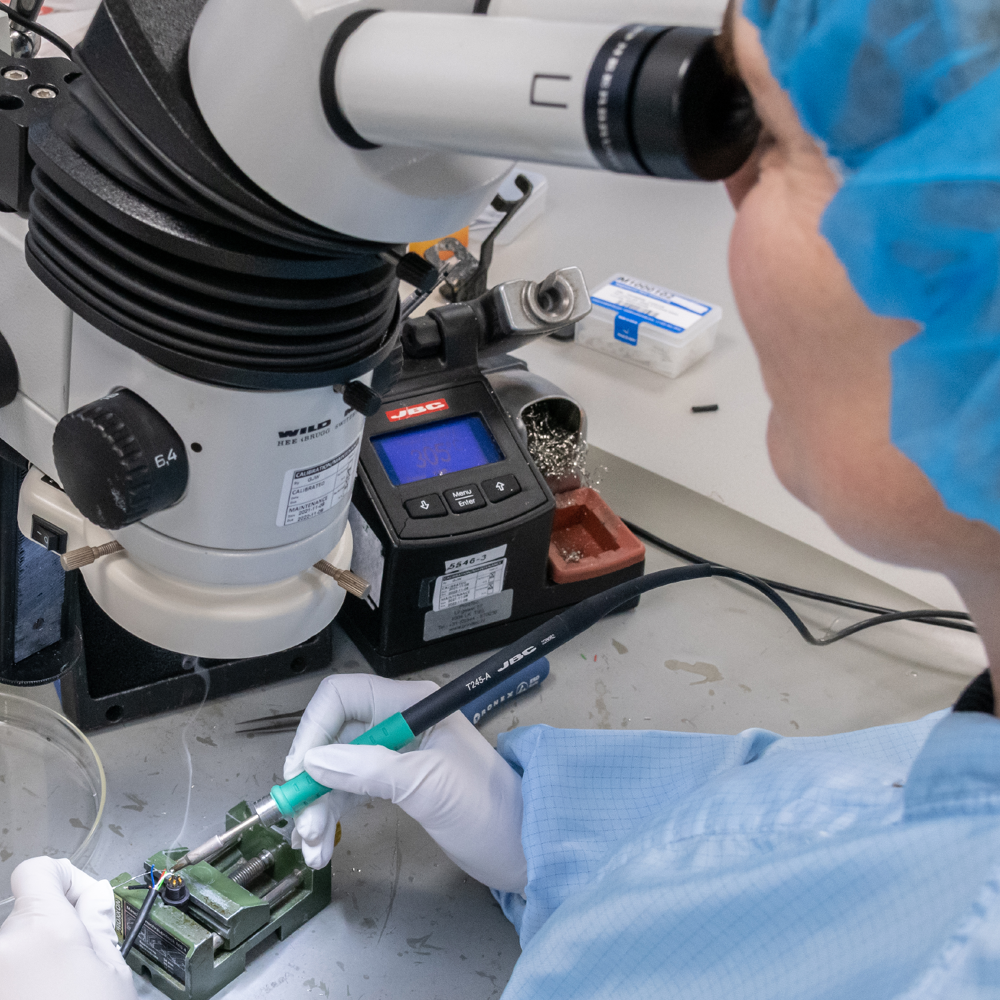
pH meter
Improving Industrial Processes: The ISFET pH Probe for Industrial Use
pH measurement is critical in many industrial processes, including chemical manufacturing, pharmaceuticals, food processing, and wastewater treatment. Traditional pH measurement methods involve glass electrode pH meters, which are fragile, require frequent calibration, and are prone to contamination. The ISFET pH meter for industrial use offers an innovative solution to these challenges.
What is an ISFET pH probe for industrial use?
An ISFET pH meter for industrial use is a pH measurement tool designed for use in industrial processes. It uses an ISFET sensor to measure the pH level of liquids, including corrosive and contaminated solutions. The ISFET sensor offers several advantages over traditional glass electrode sensors, including faster response time, higher accuracy, and stability in harsh industrial environments.
Advantages of ISFET pH meter for industrial use:
Fast and Accurate Measurements: ISFET pH meters provide fast and accurate pH readings, allowing industrial operators to make timely decisions about process control.
Stability in Harsh Environments: The ISFET sensor is more stable in harsh industrial environments, such as high temperatures, extreme pH values, and corrosive solutions.
Higher Accuracy: The ISFET sensor is less prone to contamination, leading to higher accuracy and reliability in pH measurements.
Portability: Some ISFET pH meters for industrial use are portable, making them ideal for on-site measurements.
Cost-effective: The ISFET pH meter for industrial use is a cost-effective solution for pH measurement in industrial processes compared to traditional methods.
The ISFET pH meter for industrial use is an efficient and reliable tool for pH measurement in industrial processes. It provides fast, accurate, and stable pH readings, making it ideal for process control and quality assurance. With its stability in harsh environments, higher accuracy, and cost-effectiveness, the ISFET pH meter for industrial use is a game-changer in pH measurement for industrial applications.

